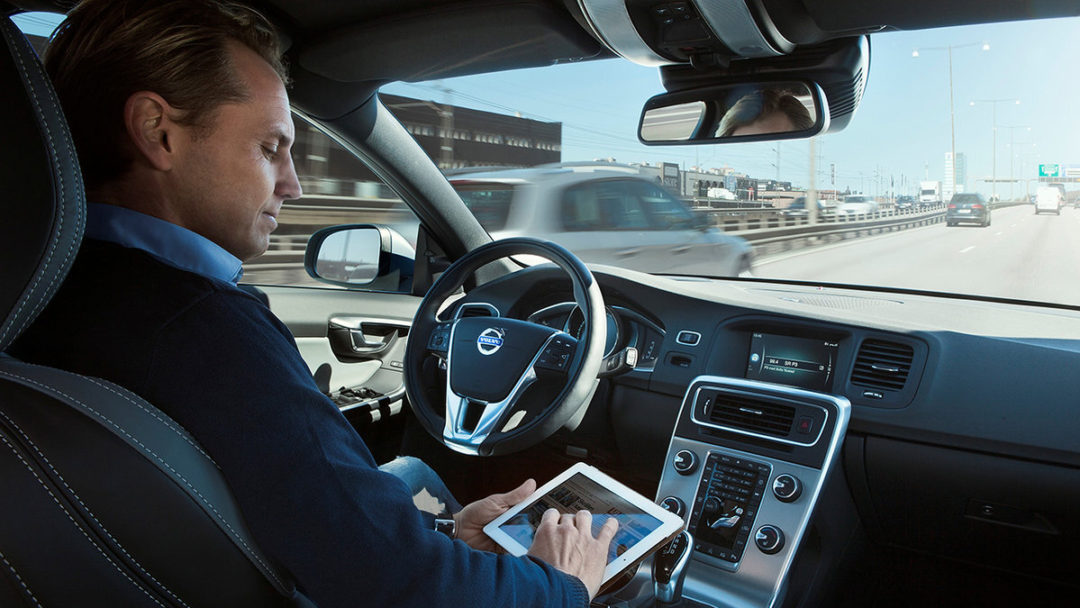The mere mention of AI elicits a response of awe and curiosity. For those who are enthusiastic or involved in the automotive industry, it stirs up their imagination like no other. The interplay between AI and mobility introduces an entirely new perspective on matters of driving and the more ambitious projects start coming to result, each element is turned towards a new world of possibilities.
What is Artificial Intelligence?
Artificial Intelligence, or AI, is the study of making smart machines capable of performing tasks that typically require human intelligence. The fundamentals of AI can be said to be established by a legendary British computer scientist Alan Turing; Turing tried to find out the possibility of making machines think. The field of AI has exploded with so many new questions, changing definitions and innovations, bringing academic and business individuals together on several projects of tremendous potential. Once no longer confined to science fiction movies, novels, and research papers, artificial intelligence is now becoming a significant asset to society’s growth.
Changing the world of motoring
Paired with the world of mobility and motoring, AI is bound to change the industry. One of AI’s powerful applications, machine learning, is the subject of focus of many prominent researchers and engineers in the automotive industry. Thus, this article briefly explores their recent work and projects. Machine learning provides systems with the ability to automatically learn and improve from experience without the assistance of a human programmer. Hence, machine learning has already become, if not only, an important foundation for many AI-projects in the automotive industry e.g. autonomous driving. A recent report predicts the growth of the automotive AI industry at a rate of nearly 40% as it is set to reach $15.9 billion by 2027.
Behind the driving scenes, AI will impact the way cars are made. In 2018, Kia, a South Korean automotive manufacturer, introduced the Hyundai Vest Exoskeleton (H-VEX) – a wearable robot for both protecting and strengthening workers in assembly lines. The machine automatically adjusts the level of strength for workers when they are working overhead, reducing neck pressure and work-related accidents. In the same year, Hyundai Motoring Group has announced that it’s carrying out initiatives in three areas of robotics, namely: wearable robots, service robots, and micro-mobility. Besides, there are Automated Guided Vehicles (AGV) which transports materials around without human assistance, and this includes painters and welders. Their machine-learning processes help them to identify errors and adjust their operation accordingly, thereby rendering the car manufacturing process efficient, safer and cheaper.
Innovative applications
And then, there are driver monitoring systems. These implementations are employed to combat rising road accidents and fatalities through assessment of the driver’s state and determining autonomous control of the vehicle. For instance, revolutionary Affectiva Automotive AI analyses both face and voice to see if the driver is drowsy, agitated, or any other distraction that could put the driver’s life at risk. It operates through these following stages: monitor levels of driver fatigue, monitor levels of driver distraction, address the semi-autonomous vehicle handoff challenge and enhance fleet management. The handoff challenge is when the AI senses it must take control of the vehicle when the driver is in an impaired state and backs off when the driver regains alertness. Fleet management helps the driver to be alert and prompt through real – warnings as well as supplying data to fleet managers to optimise training efforts and encouraging safe driving.
Advanced driver assistance systems (ADAS) is another major player in merging prime car safety and AI. Designed to keep the driver safe while driving or parking, ADAS communicate through a human-machine interface and mainly uses electrical technology. Tesla’s Autopilot, introduced in 2015, is a fine example of a fully-functioning ADAS. It offers features such as lane centring, self-parking, adaptive cruise control and the ability to call the car from a parking spot or a garage. With such a system, the driver’s burden for safety and responsibility is easily removed, thereby enhancing the sense of security and maximising driving pleasure.
Vehicular autonomy elevated
No other topic than full vehicular autonomy has generated a more fiery debate – it implies trusting the vehicle in itself to drive like a human without any kind of assistance, a host of legal difficulties and potential to revolutionize transportation services. This field was most anticipated and desired by those who are involved in developing the bridge between AI and the automotive industry. Employed using machine learning, a self-driving car is fitted with cameras, communication systems and sensors to gather data and then makes decisions based on the data. Waymo, a company owned by Google, carries out autonomous driving projects and experiments. Their self-driving cars offer a unique and unconventional experience: it’s usually described as “ghost-riding”. Recently, the company ushered in a newer generation of the system which detects pedestrians and stop signs hundred of metres up the road. The future of autonomous driving sounds exciting and promising but the challenge today lies in the fact that self-driving vehicles need an enormous amount of training in data gathering and analysis and dealing with complex novel road situations in order to fully realize its autonomy.
State-of-the-art driving assistance
Thanks to the advanced natural language abilities of AI, the in-vehicle infotainment systems is highly operable via simple voice commands and hand gestures – for instance, in 2019, a startup firm Audioburst has developed an AI-driven infotainment system that creates a personalized audio feed of news, ads, podcasts, music etc. The system indexes millions of audio segments per day and caters the information according to your tastes, understanding and recognising your trademark voice commands. Similarly, Berlin-based startup German Autolabs invented a digital AI assistant which enables drivers to safely use messaging, navigation, calling or music apps while driving via natural language and gesture recognition technology.
Towards a bright driving future?
As briefly covered, the emerging fields of AI and mobility remains an attractive prospect for many bright minds involved in the automotive industry. They expect these prototypical ideas to change the landmark of meaningful driving experience. Nevertheless, the application of AI to vehicles has been surrounded by controversy, as many citizens fear that computers’ response to road hazards is not accurate enough. As new technologies improve, more people would ideally rely on AI to ensure their comfort and safety.



